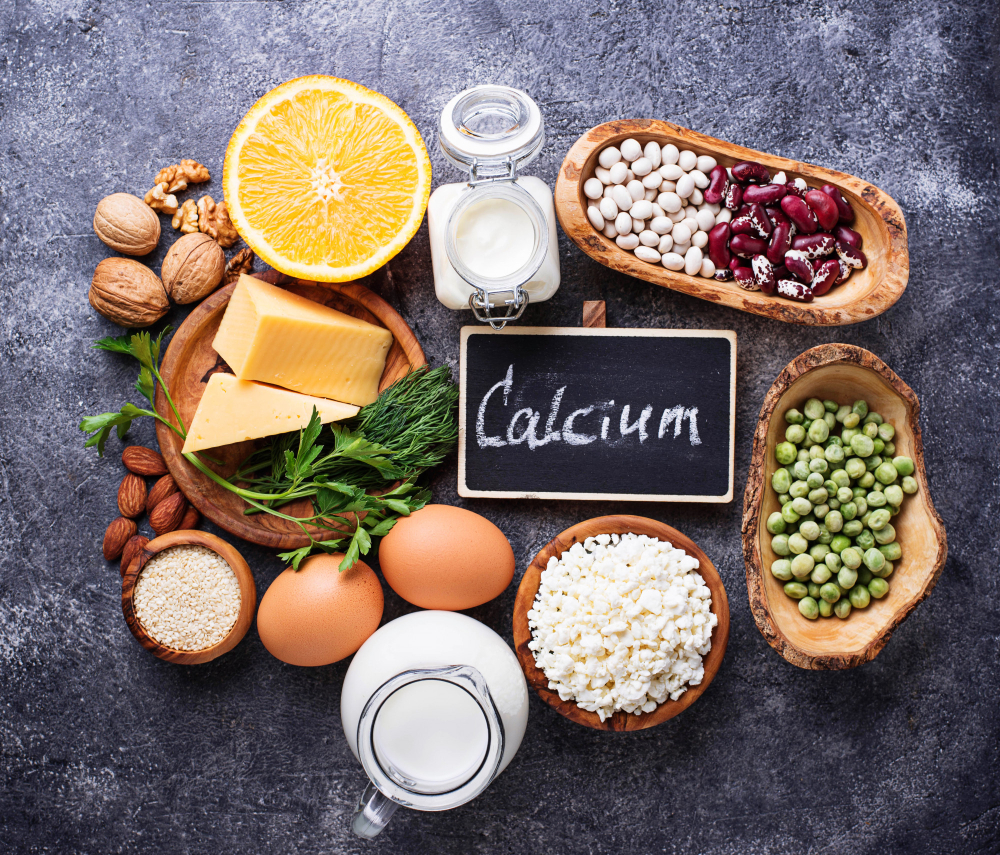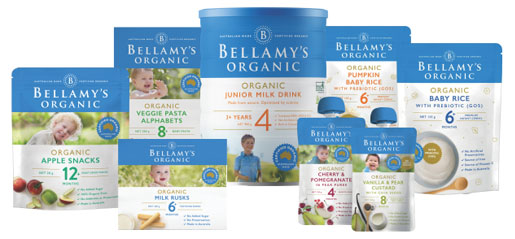Organic & non-organic milk
Organic milk is famously known for its rich nutrition and safety compared to conventional milk. This article will give an insight into how nutritious and safe organic milk actually is in comparison with conventional milk.
1. Overview
| Organic milk | Conventional milk | |
| Comparison in terms of nutrition organic | Organic milk is richer for some nutrients essential for body growth, and fairly richer in all nutrients (except for iodine and selenium). | Conventional milk has lower levels of most nutrients, including essential ones. |
| Comparison in terms of safety | Organic milk outperforms conventional milk in safety for excluding the use of all chemical/artificial substances in farming practices. | Conventional milk has various health risks if the use of major chemical/artificial substances in farming practices is mismanaged. |

2. Comparison in terms of nutrition
2.1 Organic milk
Organic milk is scientifically proven to have a higher concentration of vitamin E, iron, and the polyunsaturated fatty acids omega-3 and omega-6. The high amount of these nutrients is essential for brain function, vision, and children’s growth and development.
Fatty acid content of organic milk, a unique characteristic of organic milk, is proven to be a result of free-grazing and forage farming practices – especially designed for organic cows.
Moreover, organic milk has lower levels of iodine and selenium, two nutrients that are important for thyroid health.
Organic milk shows slightly lower calories and higher saturated fat and protein than conventional milk.
Generally, organic milk has comparatively higher levels of essential nutrients, especially needed for the children’s growth and development. For other ordinary nutrients, organic milk still slightly outperforms conditional milk.
2.2 Conventional milk
It should be noted that the nutrition’s of vitamin E, iron, and the polyunsaturated fatty acids omega-3 and omega-6 are only partially lower for conventional milk in comparison with organic milk.
This explains why the consumption of conventional milk is still beneficial nutritiously if you cannot afford organic milk.
3. Comparison in terms of safety
3.1 Organic milk
Organic milk almost completely outperforms conventional milk in terms of safety, particularly with the consideration of 3 major types of chemical substances found in milk farming – antibiotics, pesticides, and growth hormones.
For antibiotics and pesticides, the levels of these 2 substances in organic milk were undetectable compared to that of conventional milk. The reason is that organic farming practices ban all artificial interventions into the natural state of the farm and the use of chemical/artificial substances in treatment for sick cows.
In organic farming practices, alternative natural measures are utilized to make sure the farming land as well as the health of cows are in acceptable conditions (e.g natural fertilizers, organic therapies for sick cows).
Cows are not to be supplemented with additional growth hormone in any conditions to boost the milk output, as the safety of such an act is not guaranteed.

3.2 Conventional milk
Contrary to organic milk, the production of conventional milk allows the use of 3 major types of chemical substances found in milk – antibiotics, pesticides, and growth hormones. Without saying, certain negative effects on health (some of which are already scientifically proven), are expected.
The residue of antibiotics, pesticides, and growth hormones when consumed can cause disruption in body growth and development, as well as immunity, and cancers (breast cancer, colorectal, and prostate cancers).
The 3 major types of chemical substances found in milk – antibiotics, pesticides, and growth hormones, are in fact, not directly harmful for human health if used in accordance with safe limits. Yet, not all markets worldwide have the suitable governance to ensure that these limits are appropriate.
Reference: Healthline – Organic vs. Regular Milk: What’s the Difference? (Is Organic Milk Healthier? (healthline.com))
Featured post
-
05 Diet Plans That Are Good For Your Health
31/07/2022
-
Best Times to Sleep for Adults & Children
01/06/2022








